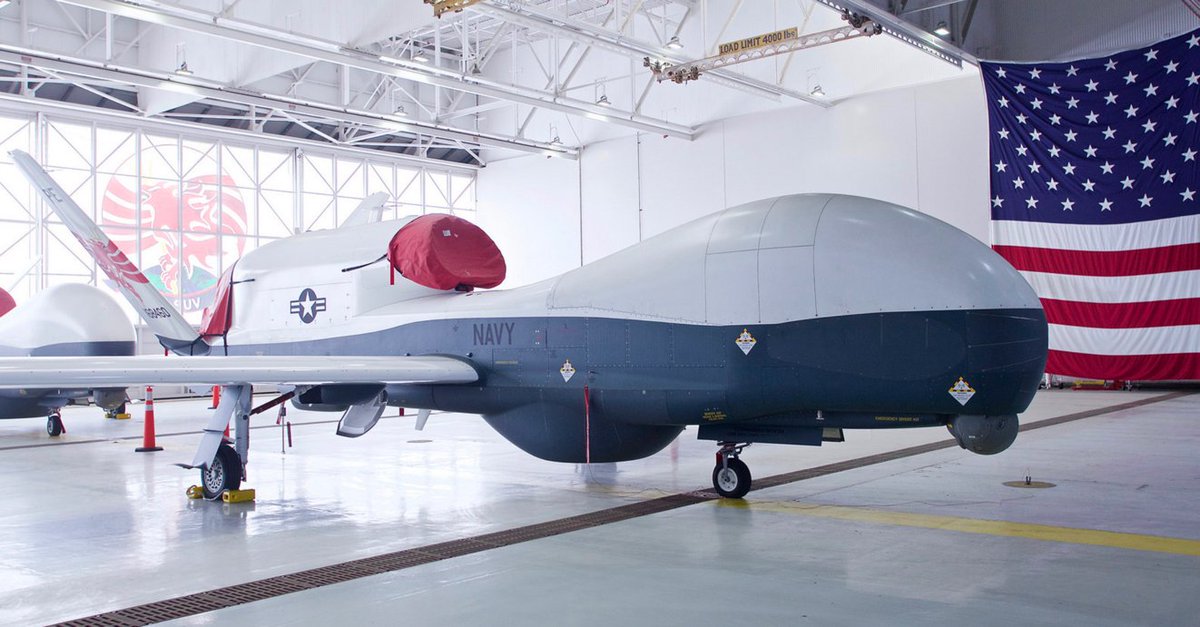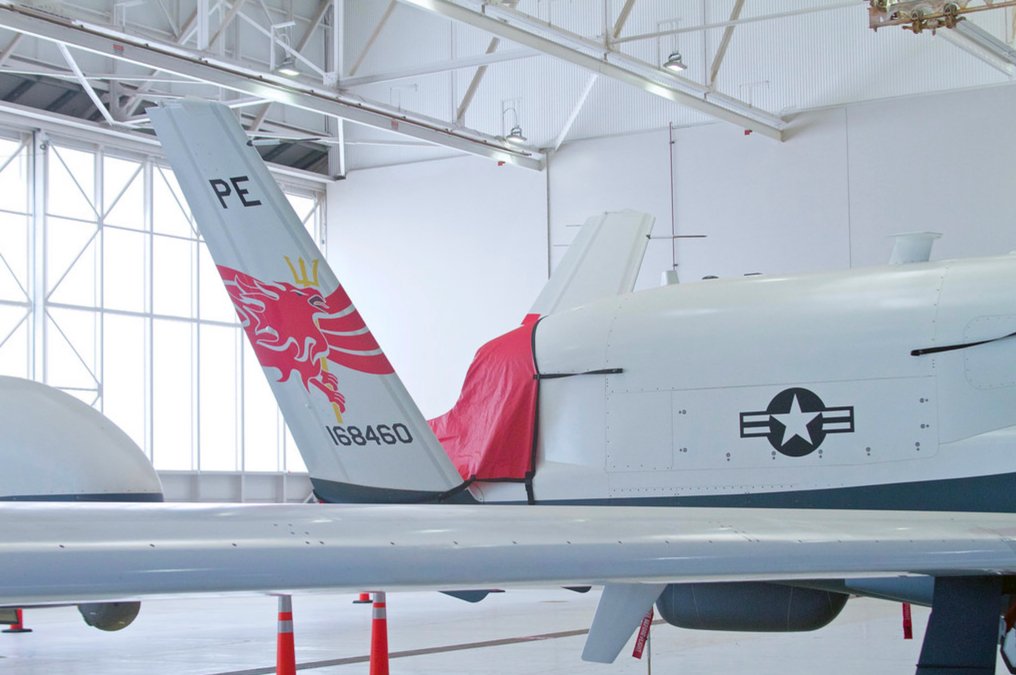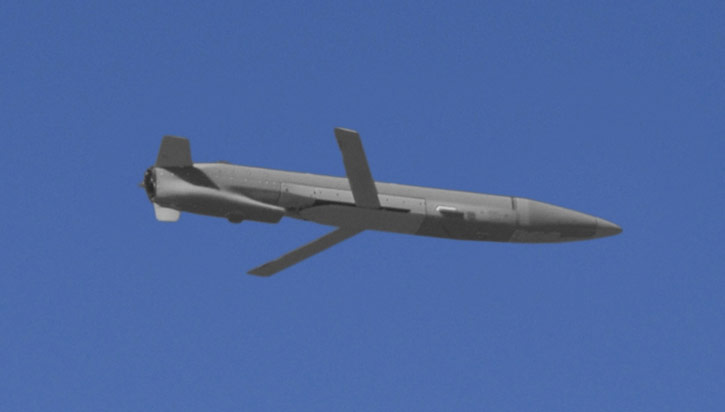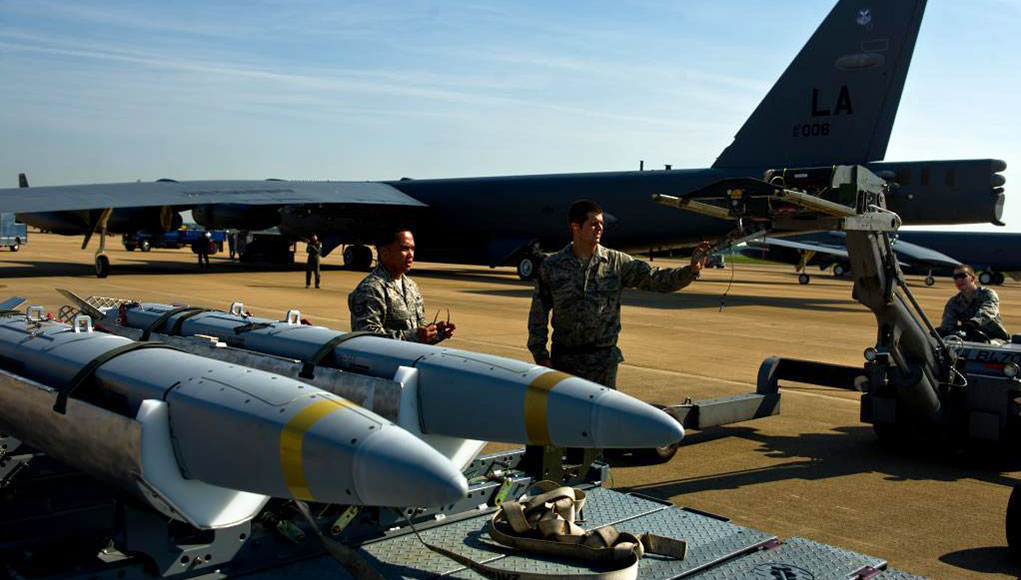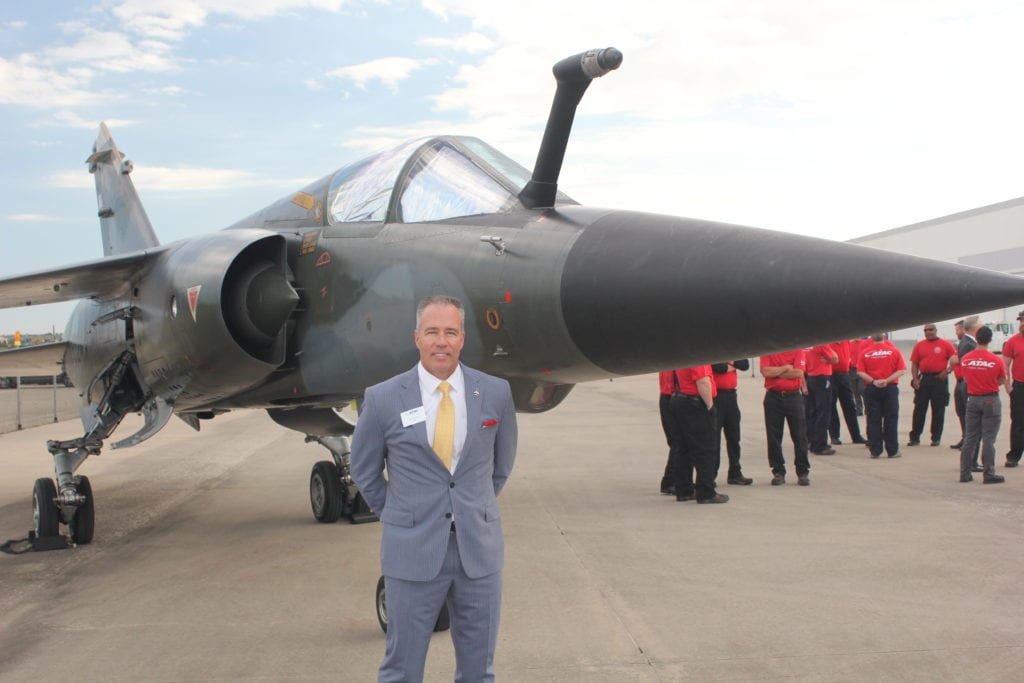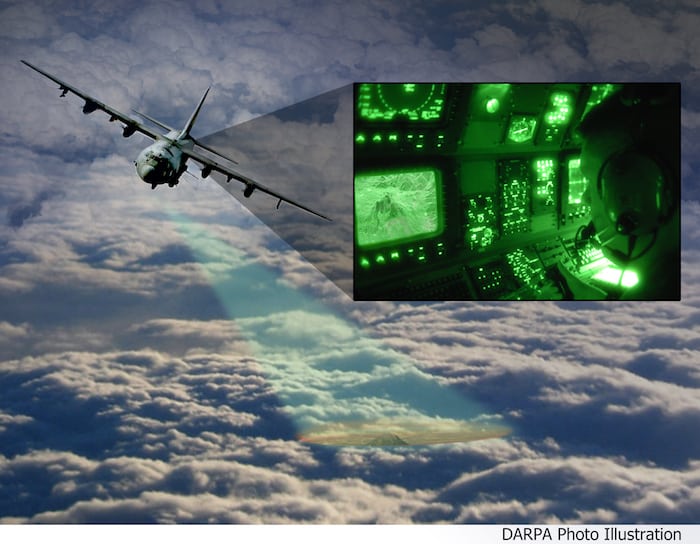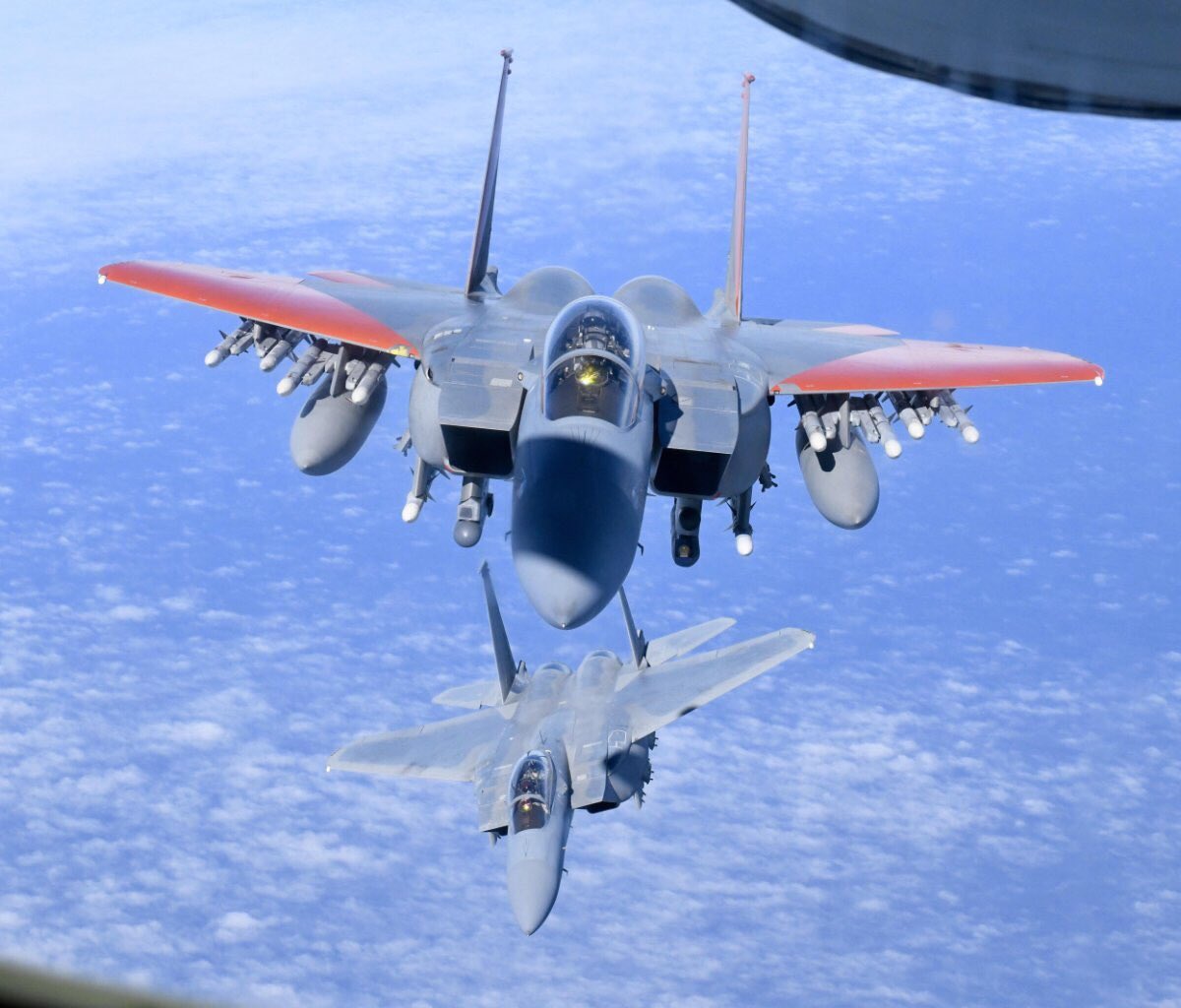US Air Force awards $9B contract to Boeing for next training jet
By:
Valerie Insinna Two Boeing-Saab T-X jets fly above St. Louis, Mo. (John Parker/Saab)
WASHINGTON — A Boeing-Saab partnership has won a $9.2 billion contract to produce the
U.S. Air Force’s next-generation training jet.
Boeing’s award for the
T-X trainer programmarks the third major victory by the company in about a month, following an $805 million contract to build the
Navy’s first four MQ-25 unmanned tankers, and a contract worth up to $2.38 billion to manufacture
the Air Force’s Huey replacement helicopter. The T-X downselect was first reported by Reuters.
As the winners of the competition, Boeing and Swedish aerospace firm Saab are set to capture sales of at least 351 training jets to the U.S. Air Force, with possibly more in the international market. The program promises to keep Boeing’s tactical aircraft business strong after the F-15 and F/A-18 Super Hornet lines disappear in the next decade.
"Today’s announcement is the culmination of years of unwavering focus by the Boeing and Saab team,” said Leanne Caret, president and CEO of Boeing’s defense business. “It is a direct result of our joint investment in developing a system centered on the unique requirements of the U.S. Air Force. We expect T-X to be a franchise program for much of this century.”
The indefinite-delivery/indefinite-quantity contract will allow the Air Force to buy up to 475 aircraft and 120 simulators, the Air Force said in a Sept. 27 statement, although the current plan is to buy 351 T-X aircraft, 46 simulators and associated ground equipment.
The Air Force stated that the T-X program originally was to cost about $19.7 billion, and that Boeing’s bid shaved $10 billion off that amount.
“This new aircraft will provide the advanced training capabilities we need to increase the lethality and effectiveness of future Air Force pilots,” Air Force Secretary Heather Wilson said in the news release. “Through competition we will save at least $10 billion on the T-X program.”
Although the contract could be worth up to $9.2 billion, that sum is by no means a sure thing for Boeing.
During a briefing with reporters on Thursday afternoon, Will Roper, the service’s acquisition executive, and Lt. Gen. Arnold Bunch, its top uniformed acquisition official, said the $9.2 billion amount would be obligated to Boeing if the service executes all of options that would allow it to buy more aircraft at a quicker pace, purchasing all 475 planes.
Additionally, Boeing assumes the preponderance of the risk with the T-X program, which starts as a fixed-price incentive fee contract, but at the fifth lot will transition to a firm-fixed price structure, Roper and Bunch said.
Boeing and Saab’s clean-sheet trainer, designed specifically for the Air Force, beat out Leonardo DRS and a Lockheed Martin-Korea Aerospace Industries partnership. Throughout the competition, the Boeing-Saab jet was seen as the front-runner by analysts like Roman Schweizer of Cowen Washington Research Group, who pointed to Boeing’s aggressive bidding strategy and ability to absorb financial losses on programs like the KC-46 tanker aircraft.
The T-X program is the Air Force’s last major aircraft procurement opportunity up for grabs for some time, as the service’s contracts for its next-generation fighter, tanker and bomber have already been awarded, as have the last remaining new-start helicopter contracts. As such, the decision could potentially trigger a protest with the Government Accountability Office.
But Roper and Bunch pointed to the repeated interaction with industry through the competition, which could shield it from a protest, and lessons learned from previous programs on how to structure a competition.
Roper also defended the service’s selection of Boeing’s design, which was the only proposed aircraft that was not a modified version of an existing plane.
“We have a very deliberate process to evaluate risk, cost, and technical factors in the program and so its rigorous because we do have to evaluate things that have variances in them. The team looked at that, rolled up cost benefit, technical factors sand risk, to give best value to the government and overall our assessment was Boeing had a proposal that was best value,” Roper said.
Under the initial $813 million award, Boeing will be responsible for delivering five T-X aircraft and seven simulators, with the first simulators arriving at Joint Base San Antonio-Randolph, Texas, in 2023. According to the
T-X request for proposals issued in December 2016, the Air Force will then execute contract options for two batches of low-rate production and eight rounds of full-rate production. The contract also includes ground training systems, mission planning and processing systems, support equipment, and spares.
Initial operating capability is planned by the end of fiscal 2024 when the first squadron and its associated simulators are all available for training. Full operational capability is projected for 2034.
Beyond the 351-aircraft program of record, analysts have speculated there could be significant international interest in T-X from countries that plan to fly the F-35 fighter jet or from the U.S. Air Force as it considers buying new aggressor aircraft for air-to-air combat training, making the opportunity potentially even more lucrative.
Although each of the three competing teams offered very different trainers to the Air Force, they were united by their cooperation with international aircraft manufacturers.
Boeing partnered with Saab, which is building the aircraft’s aft fuselage and other systems.
The team produced two single-engine, twin-tailed prototypes, which were unveiled at Boeing’s St. Louis, Missouri, facility to much fanfare in 2016. Saab promised that, should the partnership emerge victorious, it would build a new plant in the United States for its T-X work, although a location has not been announced.
Leonardo DRS and Lockheed Martin offered modified versions of existent designs, hoping that a mature aircraft would be more palatable as the U.S. Air Force continues to foresee budgetary challenges in its future.
DRS’ T-100 is based on the Leonardo M-346 trainer, which is being sold to two F-35 users — Italy and Israel — as well as Singapore. Leonardo initially looked to partner with a big-name U.S. defense prime, first joining with General Dynamics and then, when that teaming agreement fell apart, Raytheon.
Ultimately, Leonardo and Raytheon
couldn’t agree on pricing for the T-100, leading that partnership to also
break up in January 2017.
The collapse of the deal between Raytheon and Italy’s Leonardo to offer the T-100 jet trainer in the US T-X competition followed Leonardo’s refusal to cut the price of the aircraft by as much as a third, Italian sources have told Defense News.
After Leonardo DRS was tapped to prime the program, the company announced its intention to do structural subassembly, final assembly and check out of the aircraft
stateside at Moton Field in Tuskegee, Alabama, where it would build a new $200 million facility.
Lockheed Martin meanwhile joined with
Korea Aerospace Industries — a longtime collaborator who manufactured South Korea’s version of the F-16 — for a modified version of KAI’s T-50. Lockheed said that its T-50A would be built in Greenville, South Carolina, where it also plans to fabricate the F-16 in the future.
US Air Force awards $9B contract to Boeing for next training jet




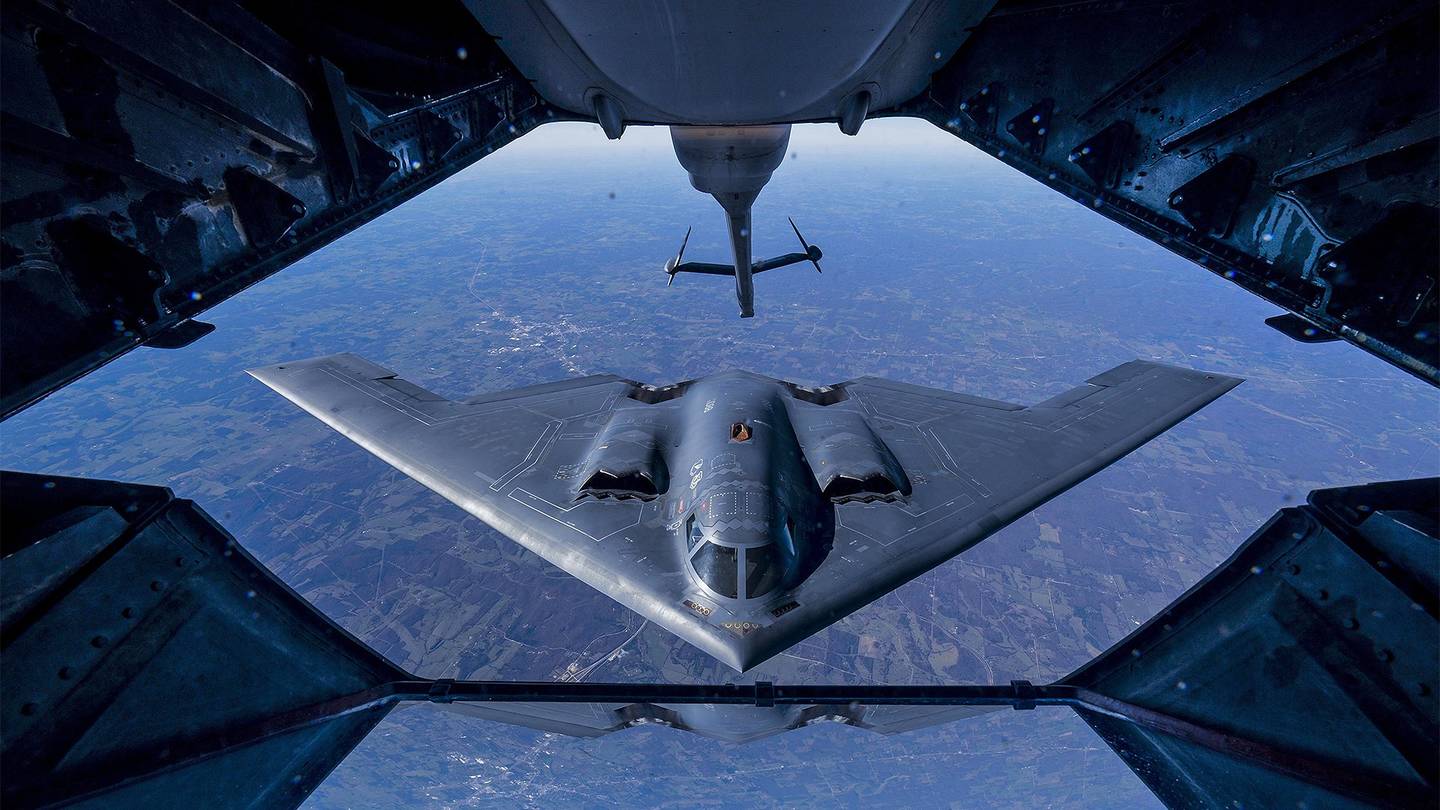

 Ankit Panda✔@nktpnd
Ankit Panda✔@nktpnd
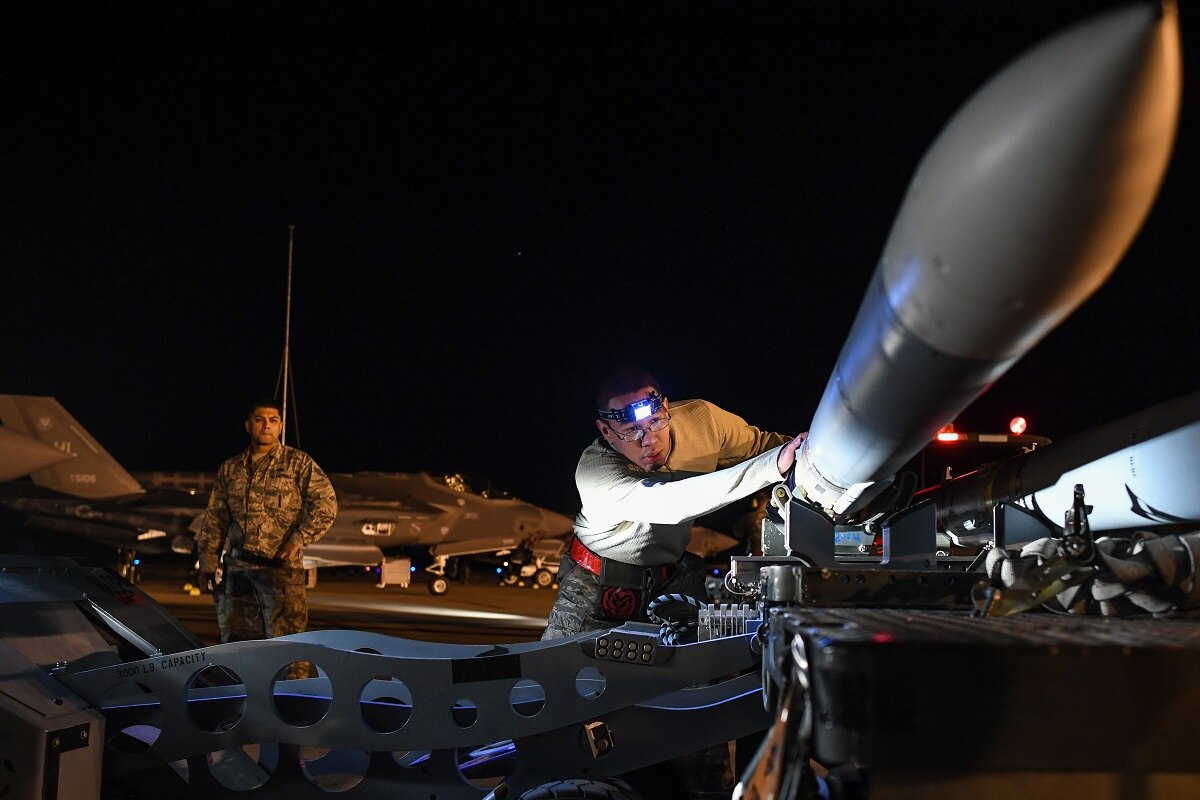


 . The Chinese source can no longer produce that pre-cursor and so there is now no source for Dechlorane in the world.
. The Chinese source can no longer produce that pre-cursor and so there is now no source for Dechlorane in the world. ”
”
